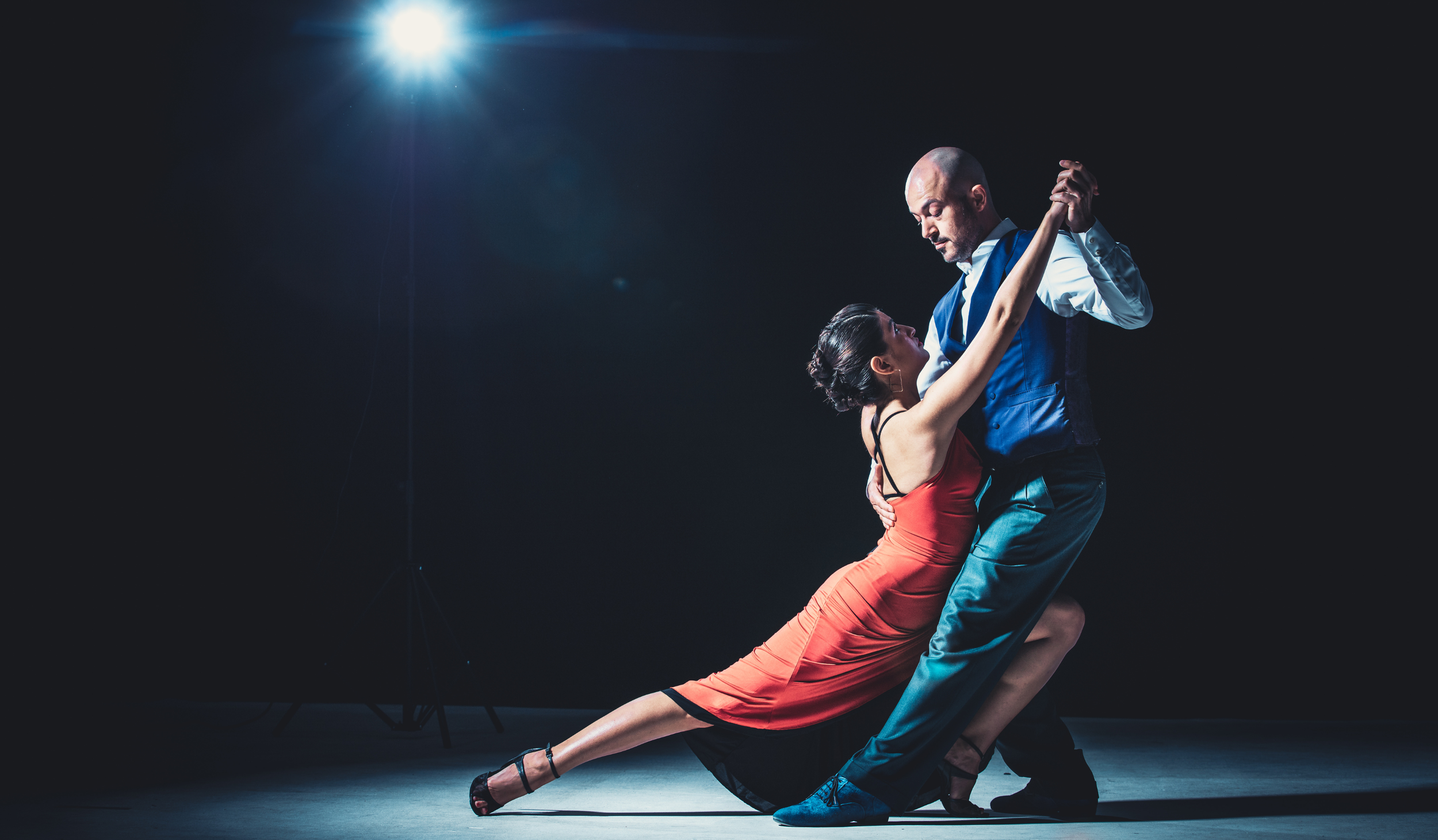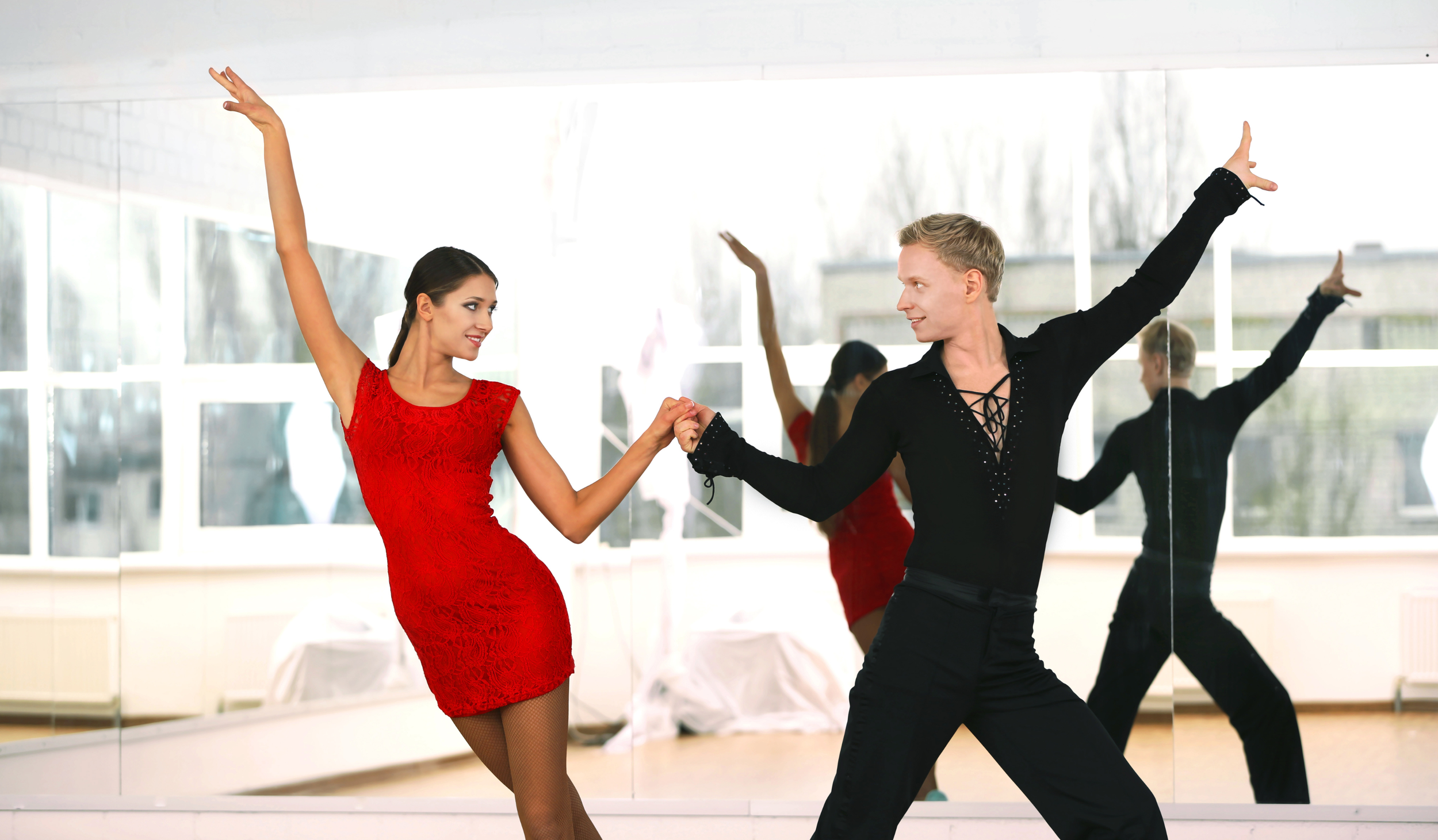Top 10 Number of Salsa Songs to Dance to
Salsa dancing is an electrifying blend of rhythm, precision, and emotion, and nothing drives the experience like the right music. Whether you're spinning across the floor in a nightclub, practicing footwork at home, or fine-tuning your timing in salsa classes, the best salsa songs carry the energy that dancers crave. From iconic classics to contemporary hits, these tracks have become essentials in the world of Latin dance. Each one offers its own tempo, flair, and feel, making them ideal for dancers of every level.
Salsa music draws from Afro-Cuban roots, jazz influences, and infectious percussion to create its signature sound. When curating a playlist—whether for social dancing or for use in a structured class—dancers often look for a mix of salsa dura, romantic salsa, and modern interpretations to keep the mood vibrant and engaging.
In this curated list of top 10 salsa songs to dance to, we’ve included tracks that are rhythmically rich, emotionally charged, and universally loved by salseros around the world. You’ll also discover interesting details about their origins, tempo suitability, and why they continue to dominate dance floors—and salsa classes—across continents.
Here are the Top 10 Best Salsa Songs to Dance To:
1. “Aquel Lugar” – Eddie Palmieri
A timeless gem by one of salsa's most respected pianists, “Aquel Lugar” blends rich brass arrangements with Palmieri's signature percussive piano. The song’s medium-fast tempo makes it ideal for practicing clean turns and body movement. It’s a go-to for instructors and social dancers who appreciate both its structure and musical storytelling.
2. “Que Manera de Quererte” – Gilberto Santa Rosa
This romantic salsa ballad leans into smoother rhythms while maintaining a perfect tempo for beginners and intermediate dancers. Gilberto Santa Rosa’s vocal phrasing allows dancers to experiment with styling and connection. Its structure gives space for partner work and pauses, which is why it’s often heard in social dance scenes across the globe.
3. “Anacaona” – Cheo Feliciano
With roots in Puerto Rican salsa and historical storytelling, “Anacaona” has become an anthem in Latin music. Its arrangement combines layered percussion with a classic son montuno build, giving dancers room to play with timing and expression. The song’s cultural resonance also adds emotional weight to every step.
4. “Y Hubo Alguien” – Marc Anthony
Marc Anthony’s breakout salsa hit modernised the genre for a new generation. While his vocals dominate the track, the instrumentation remains dance-forward with consistent beats and dynamic breaks. This song works well in performance settings where dancers want to combine musicality with storytelling.
5. “El Cantante” – Héctor Lavoe
One of the most influential tracks in salsa history, “El Cantante” captures Lavoe’s iconic voice and raw emotional delivery. The gradual tempo shifts within the song offer advanced dancers the chance to interpret mood and tempo changes, creating a richer dance experience. It’s frequently used in showcases and improvisational rounds.
6. “Ven Devórame Otra Vez” – Lalo Rodríguez
Seductive, smooth, and full of passion, this track is perfect for romantic salsa dancing. Lalo Rodríguez’s delivery pairs with lush orchestration to inspire expressive partner work. Its slow burn tempo allows space for intricate footwork and sensual body rolls, making it a favorite in Latin ballroom and romantic salsa playlists.
7. “Llorarás” – Oscar D’León
A Venezuelan classic, “Llorarás” fuses Caribbean elements with salsa’s structural rhythm to produce an upbeat and danceable track. Oscar D’León’s commanding vocal presence drives the energy forward, and the syncopated beats challenge dancers to stay grounded and rhythmically sharp. It’s ideal for social dancing and advanced shines.
8. “Idilio” – Willie Colón
Salsa romantica at its best, “Idilio” balances lyrical sentiment with strong dance rhythm. Willie Colón’s horn section is a highlight, adding dynamic texture that dancers can match with dips and expressive styling. This song frequently appears in wedding salsa sets and social dance nights due to its broad appeal and polished arrangement.
9. “Plástico” – Rubén Blades & Willie Colón
A socially charged salsa dura classic, “Plástico” begins with a narrative intro before erupting into an energetic instrumental section perfect for high-energy dancing. Blades’ storytelling and Colón’s musical direction make this track both powerful and provocative, inviting dancers to channel intensity into their movement.
10. “Timbalero” – El Gran Combo de Puerto Rico
Known for its driving percussion and celebratory vibe, “Timbalero” is a must-have on any salsa playlist. Its lively tempo and strong timbales solo sections encourage improvisation, footwork explosions, and crowd-pleasing performance moves. It’s a track that defines the joy and playfulness of salsa culture.
Building Your Salsa Playlist: What to Consider
Crafting the perfect salsa playlist takes more than just picking songs you like—it’s about creating a musical journey that reflects the full spectrum of salsa’s rhythm, culture, and energy. A well-balanced playlist helps you grow as a dancer, whether you’re training solo, teaching a class, or preparing for a social night out.
Start by considering the tempo. Fast-paced salsa dura tracks with strong percussion and horn sections are great for improving your foot speed, agility, and endurance. These tracks often push dancers to develop better control, especially when executing shines or complicated turn patterns. On the other end, romantic salsa songs—often slower and more melodic—give dancers the space to focus on connection, fluid motion, and styling. These are especially useful when learning body movement or practicing partner dynamics.
Pay attention to the mood and structure of each song. Songs with clear intros, breaks, and instrumental layering help dancers anticipate musical cues and build musicality. Choosing songs that highlight different instruments—such as the timbales, piano, or trumpet—can also train your ear to recognise subtle changes in rhythm or phrasing.
Additionally, think about the setting. Live salsa arrangements can be exhilarating but unpredictable, with tempo changes or extended solos that require on-the-fly adjustments. For consistent practice or performance choreography, it’s best to start with studio-recorded tracks where timing remains stable and dependable.
A balanced salsa playlist should include:
Classic salsa dura for footwork drills and high-energy practice
Romantic salsa for styling, connection, and expression
Mid-tempo songs to build timing and smooth transitions
Contemporary salsa with modern flair to stay culturally connected
Instrumental versions for advanced musical interpretation training
Ultimately, mixing old-school hits with new interpretations ensures you're prepared for any dance floor—whether it’s a bustling nightclub, a casual social, or a stage performance.
Iconic Salsa Artists Every Dancer Should Know
Behind every captivating salsa rhythm is an artist—or often, a collaboration—whose influence shaped the genre into what it is today. These pioneers didn’t just make music; they created a cultural movement that continues to inspire dancers across generations. By knowing the artists behind the songs, you gain a deeper connection to the music you move to and the cultural stories it tells.
Some of the most influential salsa artists include:
Celia Cruz – Known globally as the Queen of Salsa, Celia’s powerhouse vocals and magnetic stage presence made her one of the most beloved figures in Latin music. Her catchphrase “¡Azúcar!” still echoes in salsa clubs today, celebrating the joy and passion at the heart of the genre.
Johnny Pacheco – A visionary bandleader and co-founder of Fania Records, Pacheco helped launch the salsa movement by bringing together musicians from across Latin America. His flute-led arrangements and collaborations created a signature sound that defined the New York salsa scene.
Tito Puente – The King of Latin Jazz and master percussionist, Puente brought unmatched energy to the timbales and vibraphone. His contributions bridged the gap between jazz and Afro-Caribbean music, elevating salsa with rich improvisation and rhythmic complexity.
Héctor Lavoe – With a voice that carried both joy and heartbreak, Lavoe became the emotional voice of salsa’s golden era. His introspective lyrics and signature phrasing made him a favorite for dancers looking to connect with deeper storytelling through movement.
Willie Colón & Rubén Blades – This iconic duo fused music with social commentary, creating salsa songs that were as politically conscious as they were rhythmically addictive. Their bold brass arrangements and vivid lyrics painted pictures of city life, love, and identity that still resonate today.
Each of these artists represents a chapter in salsa’s evolving history. Their music continues to set the tone for dance floors worldwide—not just as background rhythm, but as a living art form that carries culture, memory, and soul.
Exploring Regional Styles
Salsa dancing isn't one-size-fits-all—it’s a vibrant global phenomenon shaped by geography, culture, and musical influence. Different regions have developed their own unique takes on the dance, each with distinct characteristics in rhythm, partner connection, and musical interpretation. Understanding these regional styles helps dancers refine their personal technique and choose music that feels authentic and inspiring.
Styles like New York–style (Mambo / On2), Cuban-style (Casino / On1), Colombian-style (Cali salsa), and LA-style (On1) each offer their own rhythm, energy, and movement dynamics, contributing to the rich diversity of salsa around the world.
Choosing music that aligns with your preferred dance style allows for a more intuitive and connected experience. For example, New York–style dancers might favor salsa dura with layered instrumentation, while Colombian-style dancers thrive on fast, rhythm-driven tracks. Exploring these styles not only enhances your technique but also deepens your appreciation of salsa as a truly global art form.
How DJs and Musicians Keep Salsa Alive Today
While salsa’s golden era lives on in iconic recordings, the genre continues to evolve thanks to a new generation of DJs, producers, and musicians. Across the globe, these innovators are keeping salsa fresh, relevant, and deeply rooted in its cultural legacy—all while adapting it for modern dance floors.
At socials, festivals, and international congresses, DJs curate playlists that blend classic hits with remixes, edits, and contemporary salsa tracks designed with dancers in mind. These selections reflect both the timeless appeal of salsa and the ever-changing energy of the dance community.
Artists and DJs keeping the rhythm alive:
La Maxima 79 – Known for reviving the golden age of salsa with modern arrangements, this Italian-based band produces high-energy, dancer-friendly tracks with crisp instrumentation and infectious rhythm.
Tony Succar – A Grammy-winning percussionist and producer, Succar blends salsa with pop, soul, and funk, bringing a fresh perspective to the genre while still honoring its core rhythm and structure.
Alexander Abreu & Havana D’Primera – This Cuban band infuses salsa with timba and jazz elements, delivering explosive performances and powerful vocals that resonate with contemporary audiences.
Salsa remix DJs – DJs across Latin America, Europe, and the U.S. are remixing traditional salsa tracks by extending intros, enhancing percussion, or emphasising breaks to suit dance timing and flow.
These modern-day tastemakers play a critical role in expanding salsa’s reach. They ensure that new dancers have exciting material to train with and that long-time salseros stay inspired on the floor. The result is a genre that remains alive, evolving, and deeply loved across continents.
Salsa and Live Performance: Why It Hits Different
There’s something electrifying about hearing salsa played live. The rawness of the instruments, the spontaneity of the solos, and the energy exchange between musicians and dancers combine to create an unforgettable experience. Dancing to a live salsa band requires you to be present, responsive, and deeply connected—not just with your partner, but with the music itself.
Reasons why live salsa makes a difference:
Improvised solos encourage dancers to listen more closely and respond in the moment with footwork or styling variations.
Tempo shifts and dynamic changes challenge musical awareness and rhythm control.
Audience interaction adds excitement, as the crowd’s energy feeds the band—and vice versa.
Musician-dancer connection deepens as you become part of a living performance, interpreting emotion and rhythm in real time.
In live settings, no two dances are ever the same. The unpredictability of live music pushes dancers beyond memorised routines and into the realm of pure expression. For those looking to level up their performance quality or musical interpretation, dancing to a live band is a powerful and inspiring experience.
Explore More with Salsa’s Global Influence
From New York City’s Fania Records era to Cali, Colombia’s dance schools, salsa has evolved through migration, innovation, and cultural fusion. Different regions contribute unique flavors—from Puerto Rico’s smooth brass lines to Cuba’s Afro-influenced arrangements. Exploring salsa music opens doors to language, rhythm, and shared human connection.
As you build your go-to dance playlist, remember that each song brings its own rhythm and energy. Whether you’re learning your first basic step or choreographing a stage performance, the music is always your best partner.




